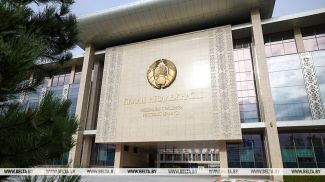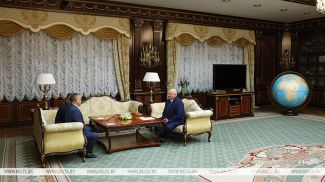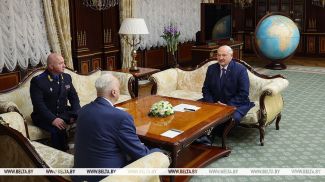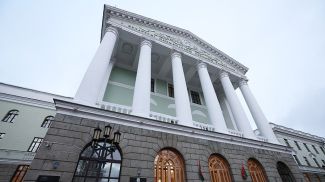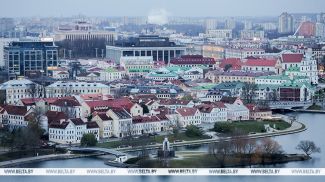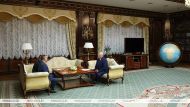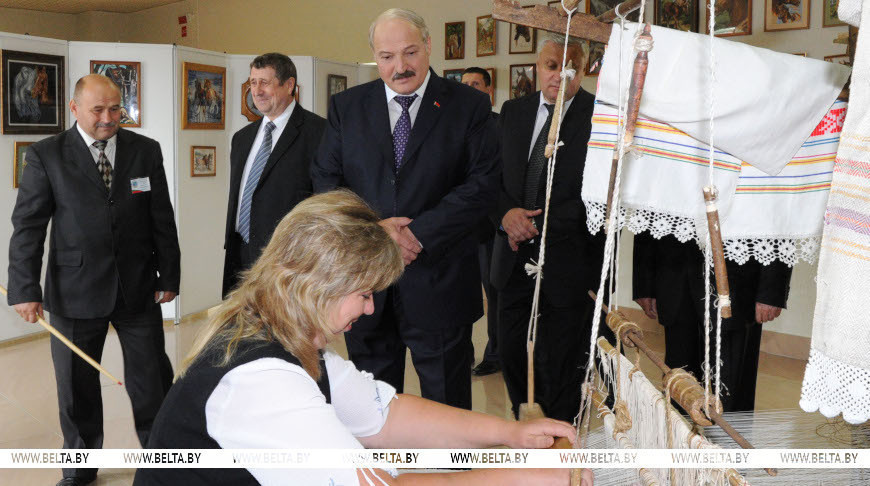
News of the story
"After the Fact: Lukashenko’s Decisions"
Polesie is a special region of Belarus. Unique. Once upon a time, the Pripyat flooded so wide that local residents traveled around only by boat. The river is called the "Belarusian Amazon". During the flood period, these places look like the sea. Natural isolation has helped preserve traditions and culture. It is home to the Pripyatsky National Park, one of the most beautiful places in Belarus. In the new episode of BelTA’s YouTube project “After the Fact: Lukashenko’s Decisions” we will tell you what thing the locals asked from Lukashenko. What animals live in the safari park? Where do local companies ship their goods ?
What was the first request from Poleshuks?
In 1969, the Pripyatsky Landscape and Hydrological Reserve was set up between the Pripyat, Stviga and Ubort rivers. The park was needed. Due to large-scale land reclamation, scientists were concerned that the unique Polesie landscapes could be lost. A few decades later, in 1996, by order of the head of state, the reserve was reorganized into the Pripyatsky National Park.
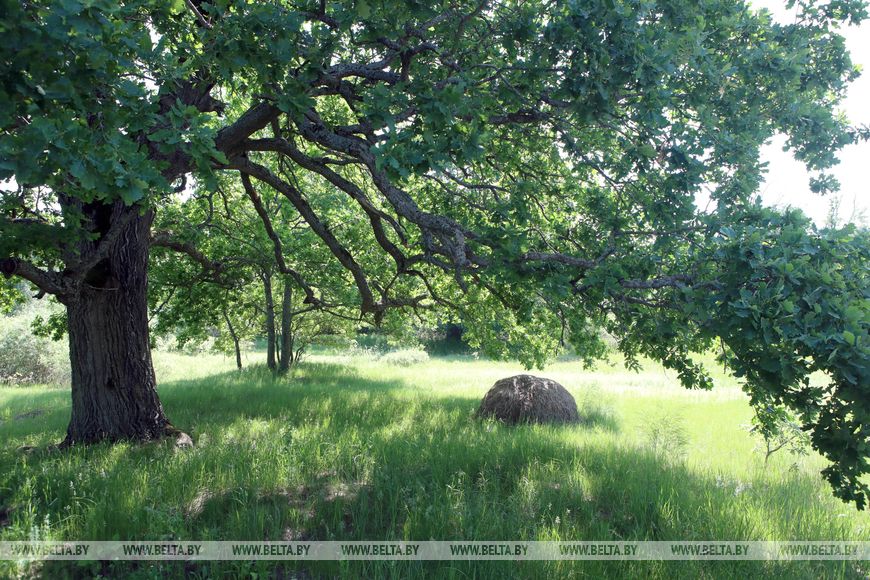
“The president has always paid a lot of attention to Polesie. And when he first came to the region and asked what local residents needed, the answer was “bread”. It was said figuratively. The thing is that during spring floods the Pripyat River cuts off people living on the right side of the river from the mainland. After that visit, a mobile bakery was set up there. During the president’s next visit, Bambiza, who was the director general of the Pripyatsky National Park, asked for a nature museum to be opened in the region,” said Olga Pashuk, methodologist at the Nature Museum of the Pripyatsky National Park.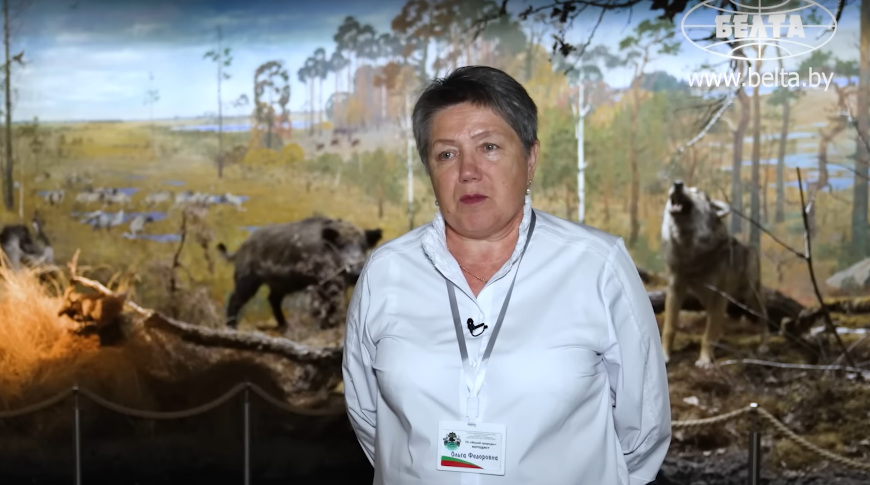
The Poleshuks had another request: to arrange the ethnocultural festival Call of Polesie. The president supported the idea. The first edition of the festival celebrating local traditions was held in 2010. Later, Aleksandr Lukashenko repeatedly mentioned in his greetings to the festival participants that this festival “promotes the spiritual unity of the Belarusian people” and “preserves the heritage of ancestors”. The president attended the festival in 2012. That year he opened the Nature Museum. Then the president was given a detailed tour of the museum. He was told about the local nature, archaeology and traditions.
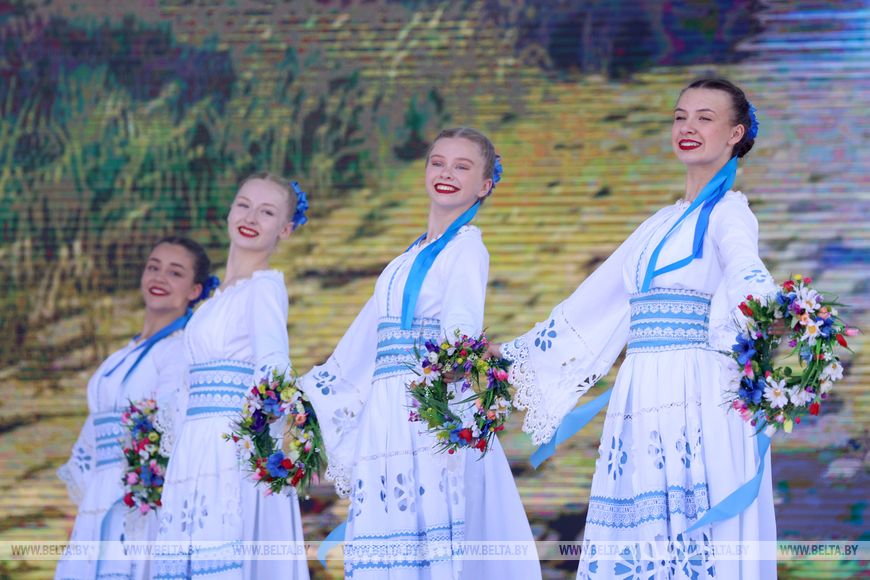
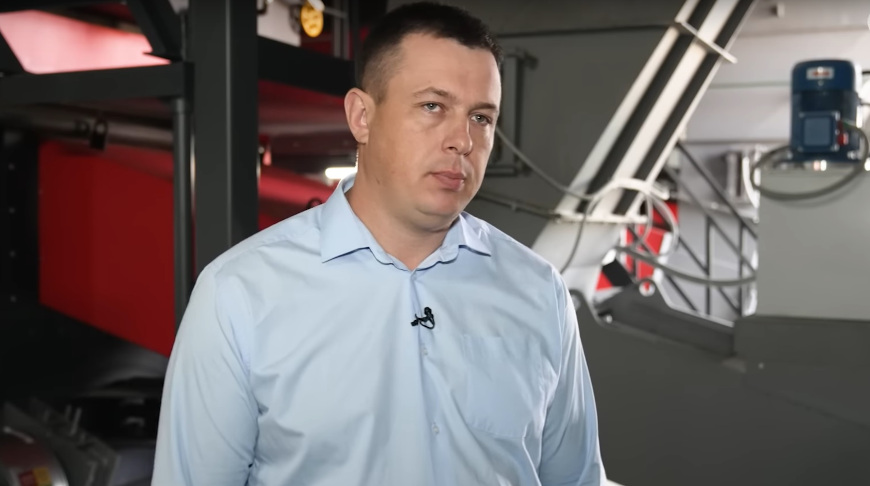
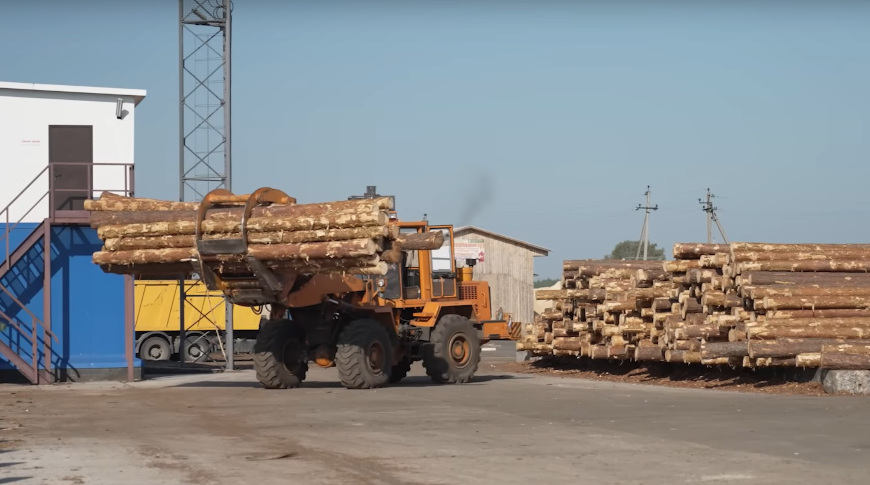
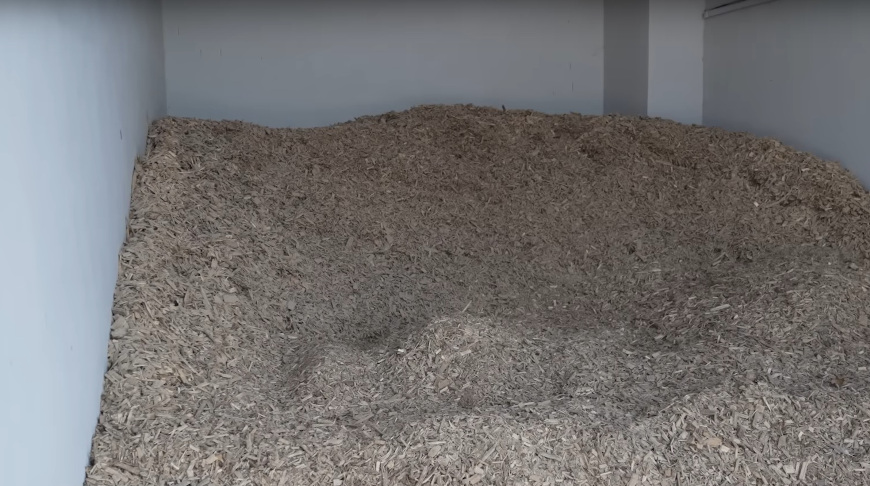
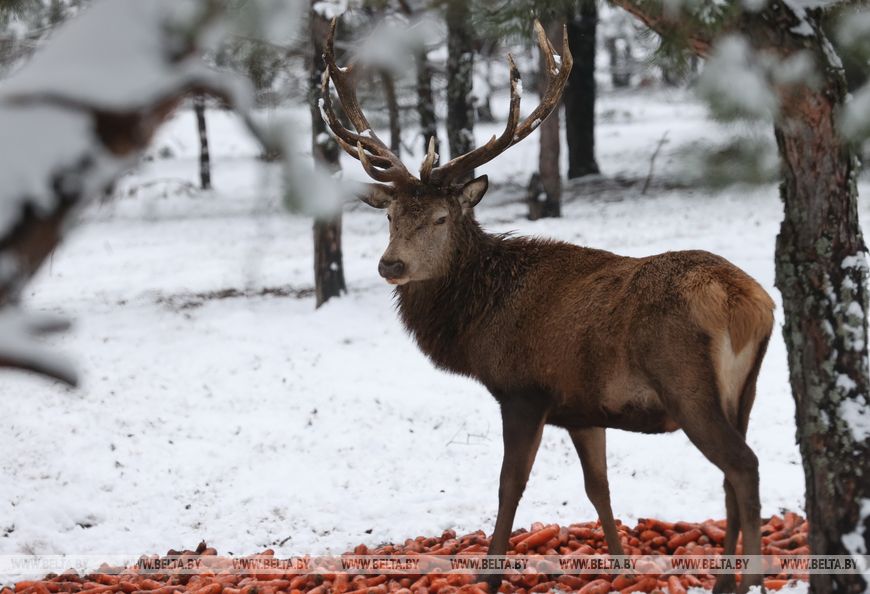
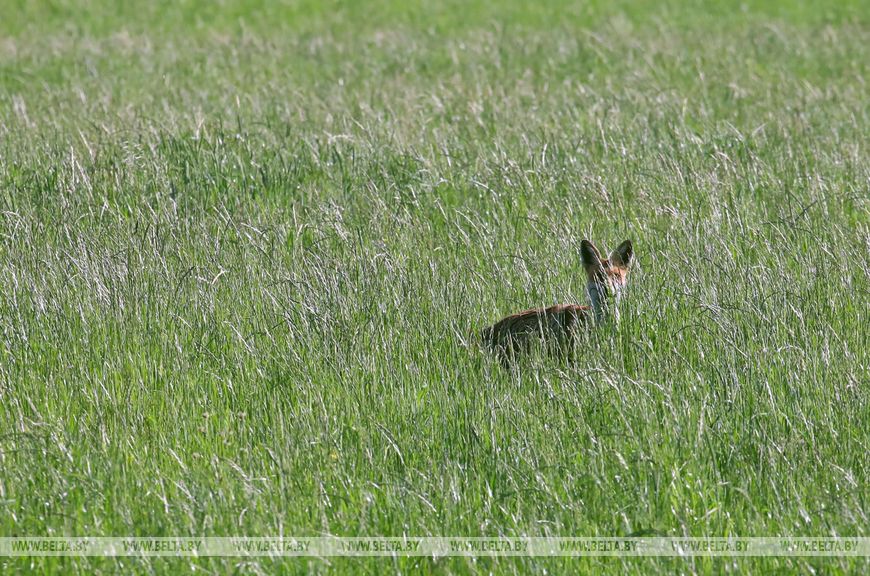
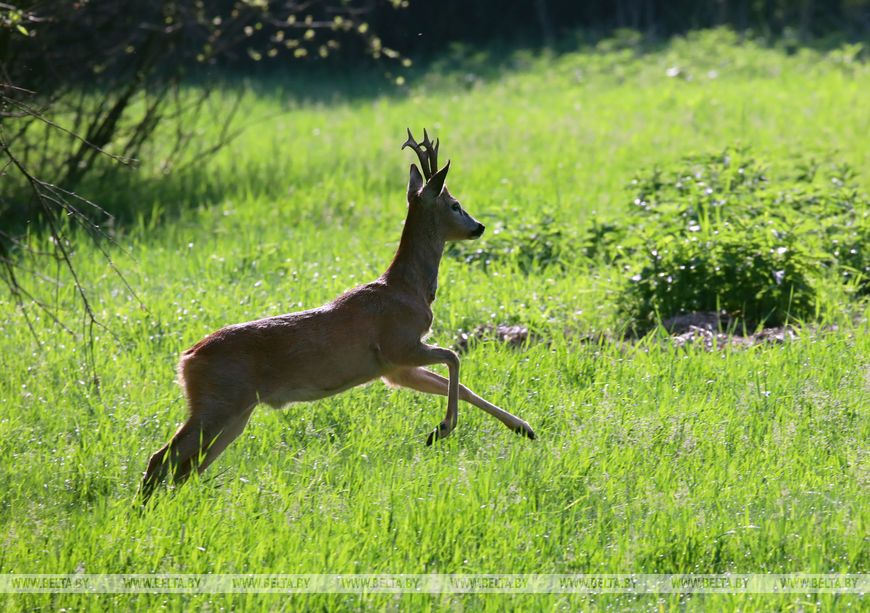
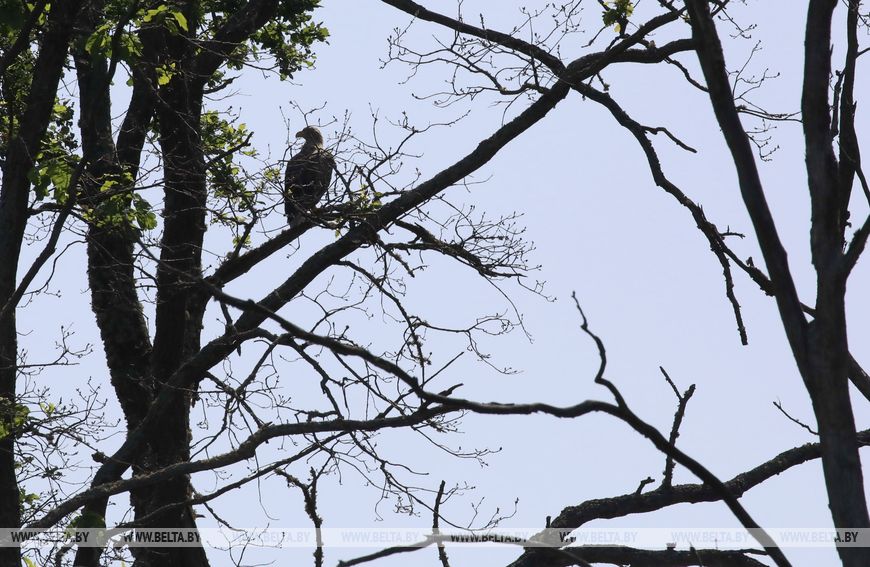
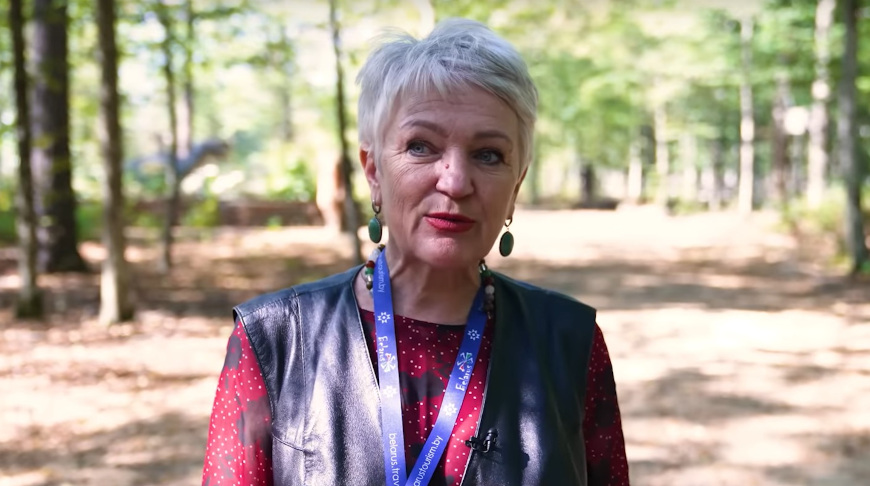
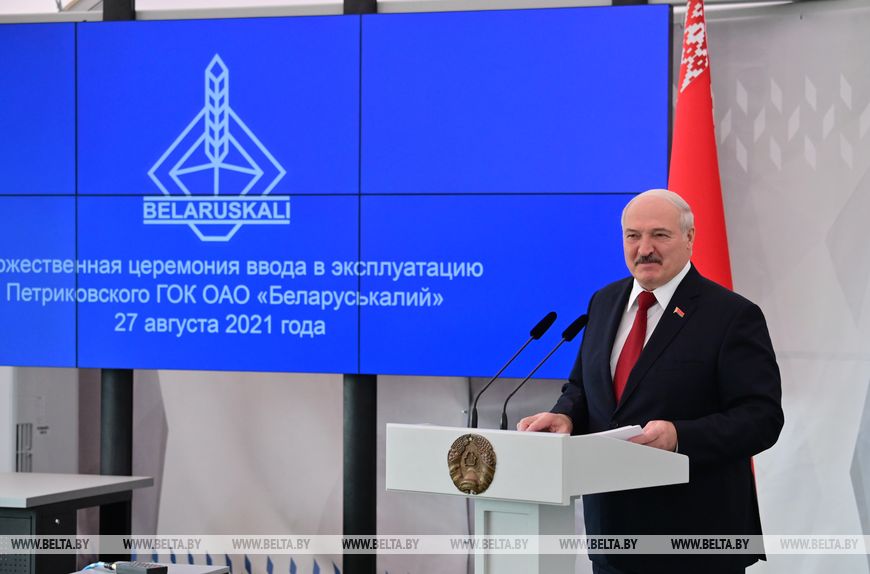
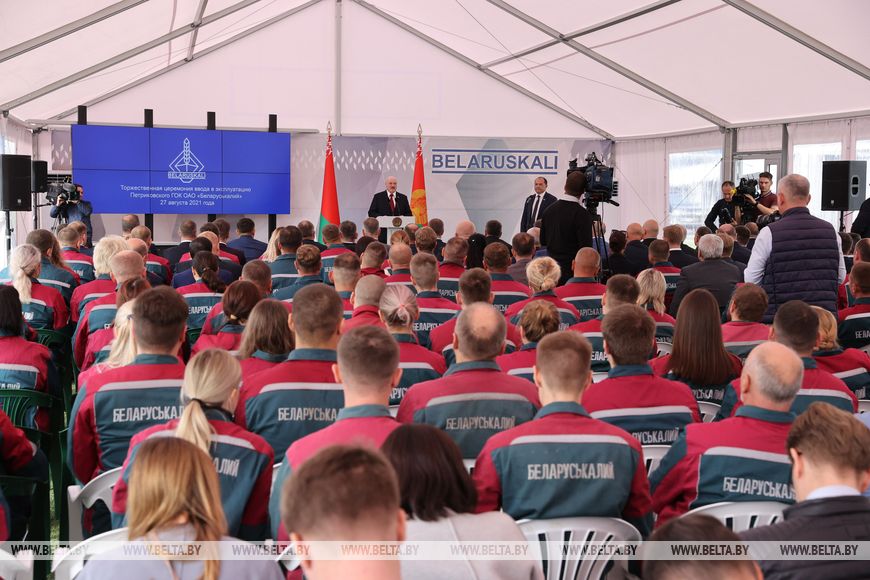
What was the first request from Poleshuks?
In 1969, the Pripyatsky Landscape and Hydrological Reserve was set up between the Pripyat, Stviga and Ubort rivers. The park was needed. Due to large-scale land reclamation, scientists were concerned that the unique Polesie landscapes could be lost. A few decades later, in 1996, by order of the head of state, the reserve was reorganized into the Pripyatsky National Park.

“The president has always paid a lot of attention to Polesie. And when he first came to the region and asked what local residents needed, the answer was “bread”. It was said figuratively. The thing is that during spring floods the Pripyat River cuts off people living on the right side of the river from the mainland. After that visit, a mobile bakery was set up there. During the president’s next visit, Bambiza, who was the director general of the Pripyatsky National Park, asked for a nature museum to be opened in the region,” said Olga Pashuk, methodologist at the Nature Museum of the Pripyatsky National Park.

“When I come to this land (and I do this several times a year), I recall my youth, my childhood. When I first visited this land, I was so impressed with it, with its people, nature. Everything was amazing. I still remember the first request of the Poleshuks. When old women approached me and asked me in a peasant-like, simple way to bring them some bread. I will never forget it as long as I live,” Aleksandr Lukashenko shared his memories of his first trip to Polesie in August 2012 at a ceremony to launch the Nature Museum of the Pripyatsky National Park. “Many of those present remember. Then I gave an instruction to take a bakery from the armed forces. We mounted it in Lyaskovichi or a neighboring village. Stepan, where was it? In Pererovo, right. We set it up and people began to bake bread. I came again a year later and Stepan Bambiza thanked me on behalf of the peasants for having enough bread to eat. I say this because in the most difficult conditions after our country gained independence, you transformed Polesie. And the state did not stand aside.”
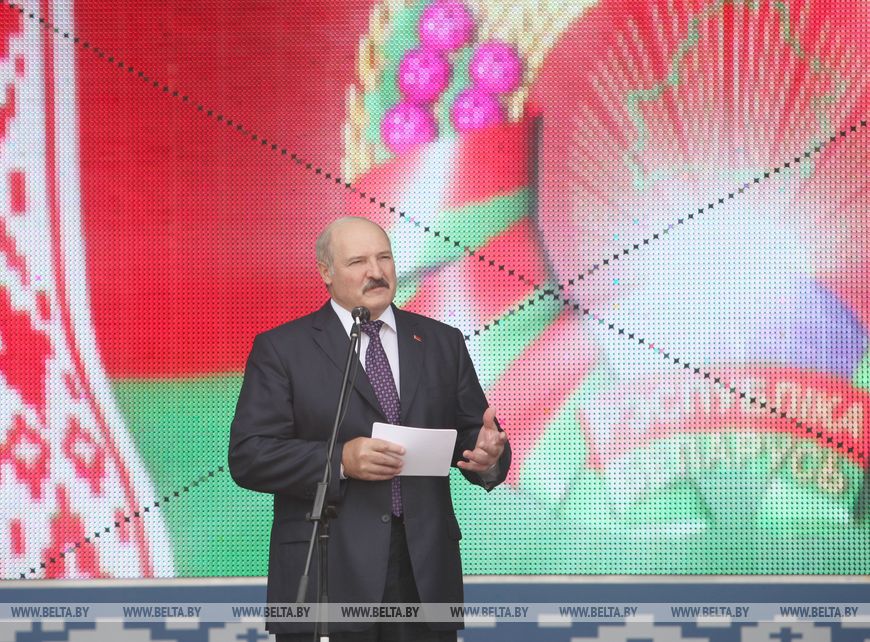
Unique footage from the opening ceremony of the Nature Museum

Unique footage from the opening ceremony of the Nature Museum
The Poleshuks had another request: to arrange the ethnocultural festival Call of Polesie. The president supported the idea. The first edition of the festival celebrating local traditions was held in 2010. Later, Aleksandr Lukashenko repeatedly mentioned in his greetings to the festival participants that this festival “promotes the spiritual unity of the Belarusian people” and “preserves the heritage of ancestors”. The president attended the festival in 2012. That year he opened the Nature Museum. Then the president was given a detailed tour of the museum. He was told about the local nature, archaeology and traditions.

Today we have inaugurated another landmark of the region. Beautiful and modern, it will attract more and more visitors. According to the president, the museum will become another source of income for the Pripyatsky National Park, an educational center for young people and an interesting place for those who want to learn more about Polesie,” the head of state said during the inauguration of museum in August 2012.
However, Aleksandr Lukashenko was already familiar with local traditions and history by that time. Not from textbooks or guides. At the opening of the Nature Museum the head of state told attendees about the photo from his first trip to Polesie that he keeps on his desk. This photo depicts Aleksandr Lukashenko, other men and women scything Pripyat floodplain meadows. “I don't know if you have it. If not, I'll pass it on. My presidency began from there,” Aleksandr Lukashenko noted.
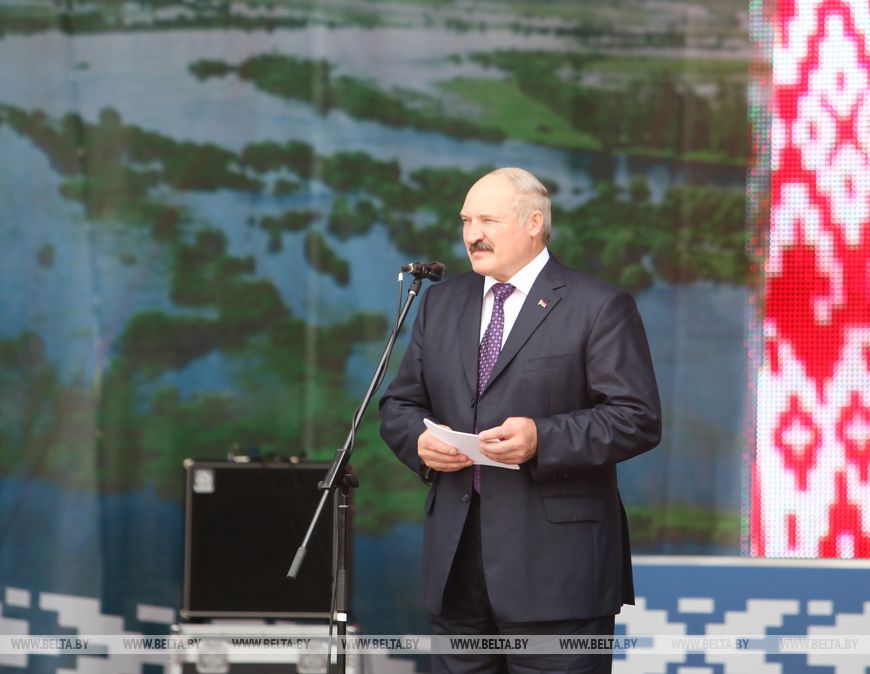
The president said that he often recalled that episode. In those days after the collapse of the Soviet Union, there were many politicians who wanted to create a Polesie republic with the center in Mozyr, Petrikov, Lyaskovichi or Zhitkovichi. There was even a movement. When Aleksandr Lukashenko got there, local men gave him a scythe. “So I began to scythe together with them. An hour passed, two… the weather was very hot. Then I heard women whispering: one of ours. Since then I have never heard anything about a Polesie republic. Poleshuks have become the basis of our statehood!” the president remarked.
The Nature Museum has six halls: ethnography, nature, history, archaeology, geology. Every month it hosts up to 2,000 tourists from all over Belarus and from neighboring countries.
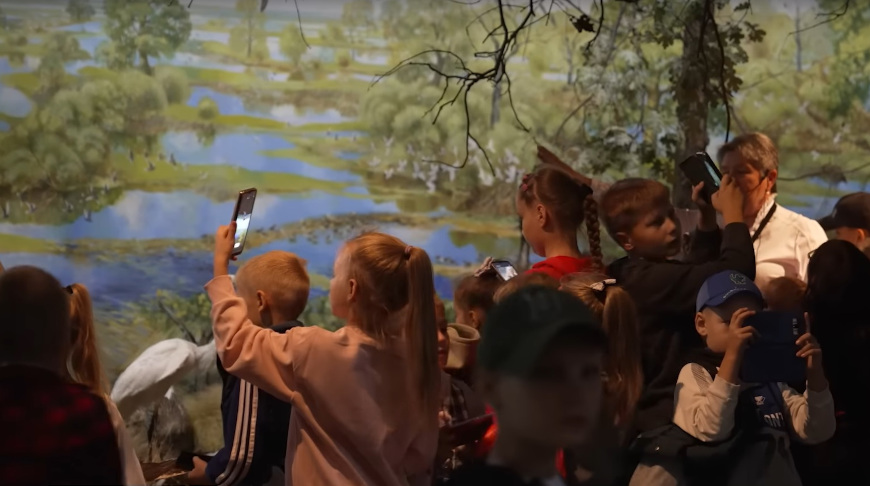
“The museum was designed by Belarusian artists. The lower hall was done by the Minsk art workshop. All the other halls - by Sidnev's private workshop. The national park and the country in general really need the museum. Because it is a source of environmental knowledge for students, and not only for school students who come to the national park, but also for the whole of Belarus. We host children from different regions of the country. This is also a tourist destination for many residents of Belarus,” Olga Pashuk said.
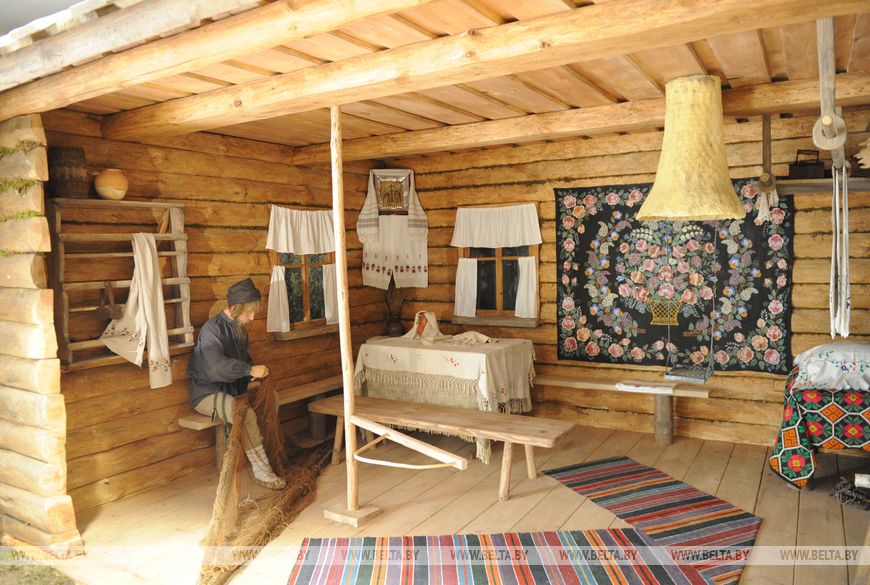
Where is lumber from Polesie sold?
The Pripyatsky National Park is an advanced research facility and industrial complex. In 1996 a wood processing enterprise was set up on the premises of an experimental forest hunting farm. Almost 75% of the national park is covered by forests. In October 2002, upon the instruction of the president and at the request of local residents, the farm was incorporated by the national park.
Currently, the forestry enterprise processes about 9,500m3 of round coniferous forest. Most of the lumber is sold abroad.
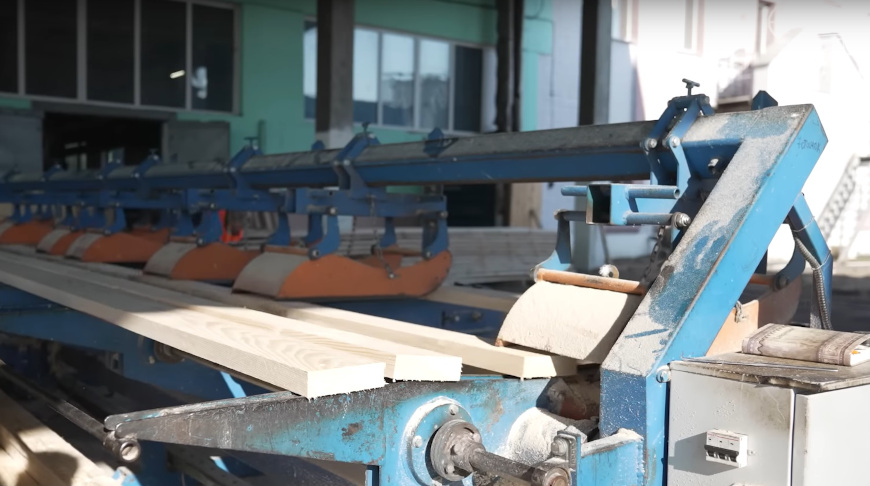
According to Vitaly Zhogol, Director of the Lyaskovichi Experimental Forest and Hunting Farm of the Pripyatsky National Park, the lumber is exported to Azerbaijan, Kazakhstan, Uzbekistan, Türkiye and the Russian Federation. “We export 3,000-3,500m3 every month. The rest of the output is sold on the domestic market through retail outlets or the Belarusian Chamber of Commerce and Industry. We also manufacture moldings: floorboards, lining, imitation timber, and parquet,” he said.
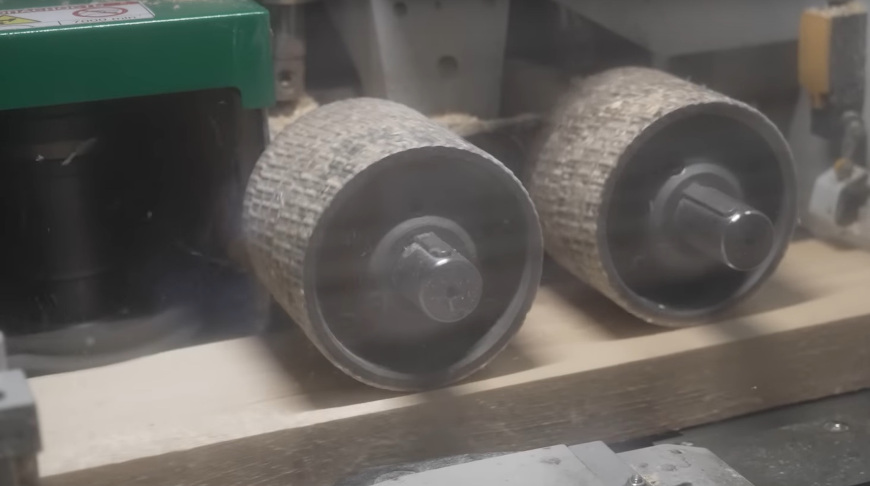
How will modernization transform the Lyaskovichi enterprise?
A large-scale modernization is underway at the enterprise. In December 2023, a boiler room was put into operation. All technological equipment was completely replaced with Belarusian machinery. Boilers, for example, came from a Gomel manufacturer. A fully automated control system is run by one staffer.
However, Aleksandr Lukashenko was already familiar with local traditions and history by that time. Not from textbooks or guides. At the opening of the Nature Museum the head of state told attendees about the photo from his first trip to Polesie that he keeps on his desk. This photo depicts Aleksandr Lukashenko, other men and women scything Pripyat floodplain meadows. “I don't know if you have it. If not, I'll pass it on. My presidency began from there,” Aleksandr Lukashenko noted.

The president said that he often recalled that episode. In those days after the collapse of the Soviet Union, there were many politicians who wanted to create a Polesie republic with the center in Mozyr, Petrikov, Lyaskovichi or Zhitkovichi. There was even a movement. When Aleksandr Lukashenko got there, local men gave him a scythe. “So I began to scythe together with them. An hour passed, two… the weather was very hot. Then I heard women whispering: one of ours. Since then I have never heard anything about a Polesie republic. Poleshuks have become the basis of our statehood!” the president remarked.
The Nature Museum has six halls: ethnography, nature, history, archaeology, geology. Every month it hosts up to 2,000 tourists from all over Belarus and from neighboring countries.

“The museum was designed by Belarusian artists. The lower hall was done by the Minsk art workshop. All the other halls - by Sidnev's private workshop. The national park and the country in general really need the museum. Because it is a source of environmental knowledge for students, and not only for school students who come to the national park, but also for the whole of Belarus. We host children from different regions of the country. This is also a tourist destination for many residents of Belarus,” Olga Pashuk said.

Where is lumber from Polesie sold?
The Pripyatsky National Park is an advanced research facility and industrial complex. In 1996 a wood processing enterprise was set up on the premises of an experimental forest hunting farm. Almost 75% of the national park is covered by forests. In October 2002, upon the instruction of the president and at the request of local residents, the farm was incorporated by the national park.
Currently, the forestry enterprise processes about 9,500m3 of round coniferous forest. Most of the lumber is sold abroad.

According to Vitaly Zhogol, Director of the Lyaskovichi Experimental Forest and Hunting Farm of the Pripyatsky National Park, the lumber is exported to Azerbaijan, Kazakhstan, Uzbekistan, Türkiye and the Russian Federation. “We export 3,000-3,500m3 every month. The rest of the output is sold on the domestic market through retail outlets or the Belarusian Chamber of Commerce and Industry. We also manufacture moldings: floorboards, lining, imitation timber, and parquet,” he said.

How will modernization transform the Lyaskovichi enterprise?
A large-scale modernization is underway at the enterprise. In December 2023, a boiler room was put into operation. All technological equipment was completely replaced with Belarusian machinery. Boilers, for example, came from a Gomel manufacturer. A fully automated control system is run by one staffer.
“The capacity of this boiler room is 4.5 MW. These three boilers run on fuel chips, waste, sawdust, in other words - on wood processing waste generated at our enterprise. This boiler house supplies heat to the drying facility, its one-time loading capacity is 1,000m3,” Vitaly Zhogol said

One of the last stages of modernization provides for the improvement of wood processing operations, in particular the replacement of equipment to make edged materials. The acceptance of all works is scheduled for late April - early May 2025. A line made by a Russian manufacturer is planned to be installed.
“It will allow us to process up to 350m3 of round timber per shift. The staff number will be reduced 3-4 times. These people will not be laid off but engaged in the manufacture of other types of products,” Vitaly Zhogol said.


A pellet plant was built in the experimental forest and hunting farm. The capacity of the enterprise is 20,000 tonnes of fuel pellets per year.
“The production has been temporarily halted. Plans are in place to launch all pellet facilities by the end of the year. Work will start here in mid-November. The domestic market is viewed as the primary one in terms of sales. We are also working to enter markets of the Russian Federation and Türkiye. We are also considering supplies to the People's Republic of China. At present, we have contracts for 50% of the plant's output. We are aiming for 100%,” Vitaly Zhogol said.
How does the Pripyatsky National Park surprise nature enthusiasts?
The national park is home to more than 1,000 species of plants and about 45 species of mammals. The most numerous are deer and roe deer. A safari park was set up here six years ago. The route for cars through the enclosure is eight kilometers long.


“Here you can spot deer, roe deer, mouflon, and wild boars. The park is also home to a rich variety of small animals, including squirrels, hedgehogs, different species of birds. We also have a special area here, which I believe is a highlight of the park – a small contact zoo. Anything visitors can miss during a trip around the park can be seen in such contact zoos,” a guide of the Nature Museum of the Pripyatsky National Park Olga Bambiza said.


The Pripyatsky National Park differs from other protected areas in Belarus. Belovezhskaya Pushcha and Berezinsky Biosphere Reserve also have forests and diverse fauna, but the Pripyatsky National Park has a special vibe that makes it a popular destination for visitors.
“Our main attraction is the Pripyat River. The “Polesie Amazon”. It is a real beauty. Those who visited it once want to come back here again and again. We offer both boat rides and river rafting tours. During spring time the river overflows and turns into a true Amazon, the Herodotus Sea. We offer rides on motorboats and small boats.
Prices suit every pocket. Young people come here for river rafting trips,” Olga Bambiza said

“Polesie is the salt of the Belarusian nation. I have always had a dream to make maximum efforts for the revival of our Polesie. I have always wanted to do something good for the Polesie people,” Aleksandr Lukashenko said during a ceremony to introduce the Petrikov Mining and Processing Plant of Belaruskali in August 2021.


In the second half of April the president traditionally tours the Belarusian areas affected by the Chernobyl accident. In 2020, the trip coincided with the national voluntary cleanup day. Aleksandr Lukashenko joined the landscaping works in the Pripyatsky National Park. A total of 8,000 pine trees were planted on the area of 1.5 hectares.





